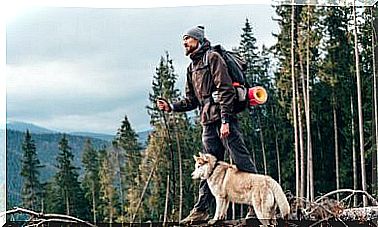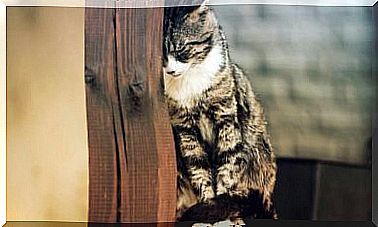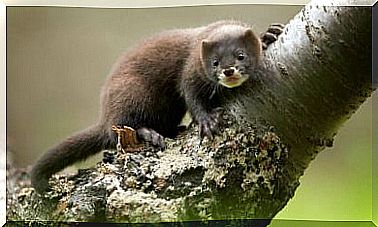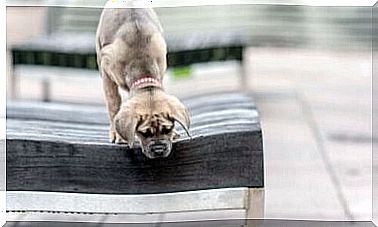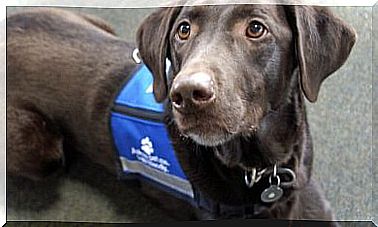The Entomological Museum CURLA: Where Butterflies Are The Stars

The CURLA entomological museum is the largest of its kind. It is located in Honduras and was founded by Don Robert Lehman, a passionate teacher and explorer from Ohio, USA. This museum is the culmination of your desire to collect and classify butterflies from around the world.
Previously, it was known as the Museum of the Butterfly and Other Insects. However, in 2015, there was a change in its administration and, as a consequence, also in its name and headquarters.
The Entomological Museum Collection
This museum has a very large collection. It has more than 19,300 specimens of day and night butterflies. In addition, its collection includes insects from Honduras and over 140 countries around the world.
The museum’s collection includes nearly 8,000 lepidopteran specimens, including butterflies and moths. In addition, the museum has more than 6,000 specimens of other classes of insects originating in Honduras. All were collected over the years in the tropical rainforest of the Central American country.
Of course, the museum also has specimens from other countries. Among them, there are 3,400 types of Lepidoptera and more than 1,800 specimens of other insects.

Without a doubt, like all museums, the entomological museum has some iconic specimens. Among them, the largest moth in Honduras, Thysania agrippina, and the largest butterfly in the world, Attacus atlas.
Although blue butterflies are found in many countries, Honduran blue butterflies are famous for their color. The museum has several types of blue butterflies, including the brightest, the Morpho cypris butterfly .
Without a doubt, the museum managed to obtain very rare specimens in the world. This museum has an example of the most colorful nocturnal butterfly, originally from Madagascar, the Chrisridia ripheus . In addition, it also has curious and funny specimens, such as the butterfly with a peanut-shaped head and the biggest mouth in the world.

Robert Lehman, founder of the Museum of Butterflies and Other Insects
He arrived in Honduras at age 19 and stayed there for two years. Then, he returned to the United States to finish his studies. During his first visit to Honduras, his love for insects grew and never disappeared.
After completing his studies in the United States, Lehman returned to Honduras in 1968 and settled in the country.
Already trained as a primary school teacher, Lehman dedicated his life to teaching. At the same time, on his days off, he devoted himself to exploring the nearby mountains. In his walks and travels, he dedicated himself to collecting butterflies.
In 1987, Lehman donated his first large butterfly collection to the Smithsonian Institution in Washington, DC. Many researchers and specialists used his contribution to the institute, which had 4,222 specimens of Honduran lepidopterans.
Lehman started its new large collection of butterflies and insects in 1994. Just two years later, this collection would become the Museum of Butterflies.
The entomological museum and environmental conservation
Honduras has 11.2 million hectares of territory. Of that number, at least 4 million hectares correspond to different types of forests and jungles.
In recent decades, Honduras has implemented reforestation and conservation programs. However, a large part of the flora and fauna has been affected by environmental changes.
In this sense, the CURLA Entomological Museum is a refuge of knowledge and species of butterflies that could soon disappear.
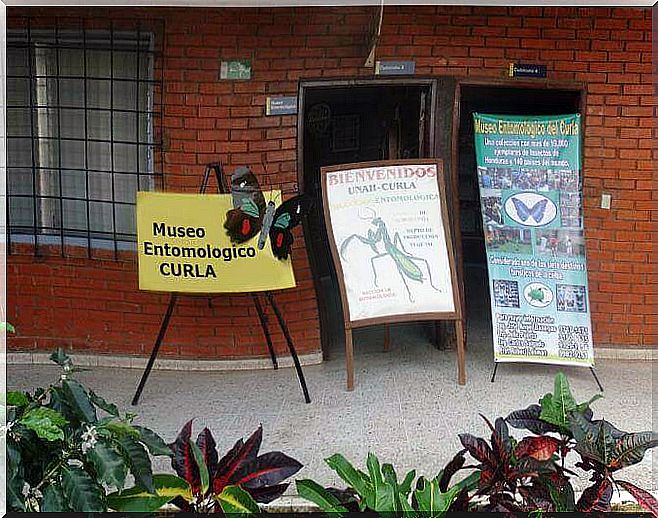
New Administration of the Butterfly Museum
Lehman has managed the Butterfly Museum since its founding. However, as of 2015, the museum came under the administration of the National Autonomous University of Honduras.
That year, the museum was transferred from its initial headquarters to the Regional University Center of the Atlantic Coast (CURLA). The museum is currently at the service of the university community, both researchers and students. Obviously, it remains open to the public.
Robert Lehman continues to collaborate with the entomological museum through consulting and training people. He gives workshops on collecting, identifying and assembling insects, but also on the environment and care for the natural habitats of lepidopterans.

